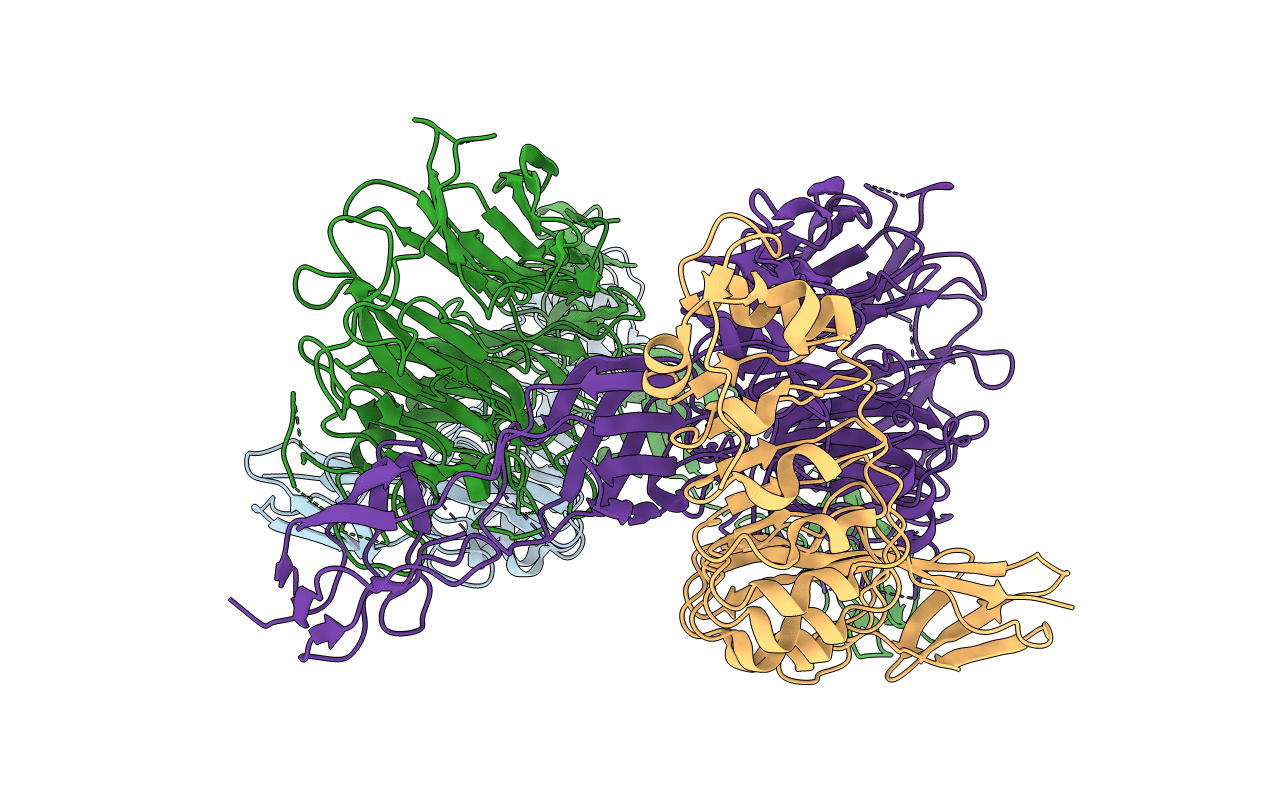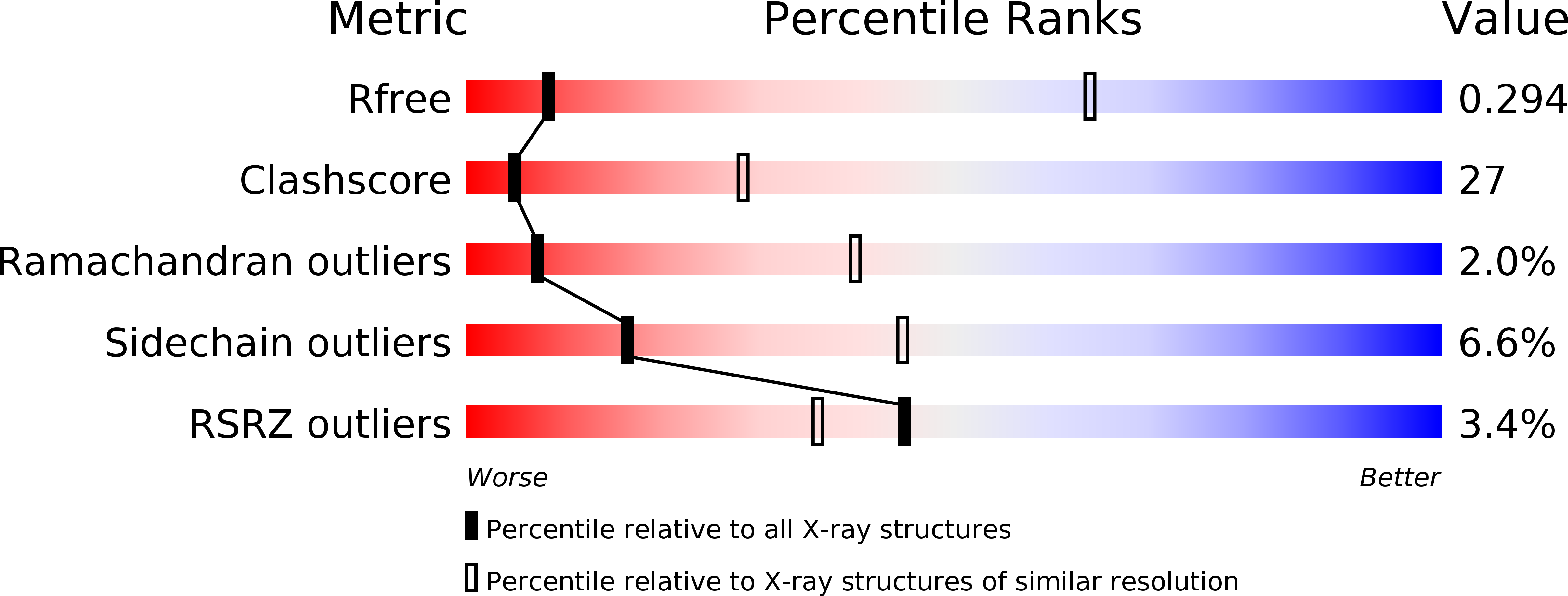
Deposition Date
2007-05-02
Release Date
2007-08-07
Last Version Date
2024-10-16
Entry Detail
PDB ID:
2UZY
Keywords:
Title:
Structure of the human receptor tyrosine kinase Met in complex with the Listeria monocytogenes invasion protein inlb: low resolution, Crystal form II
Biological Source:
Source Organism:
LISTERIA MONOCYTOGENES (Taxon ID: 169963)
HOMO SAPIENS (Taxon ID: 9606)
HOMO SAPIENS (Taxon ID: 9606)
Host Organism:
Method Details:
Experimental Method:
Resolution:
4.00 Å
R-Value Free:
0.30
R-Value Work:
0.25
Space Group:
P 21 21 21


